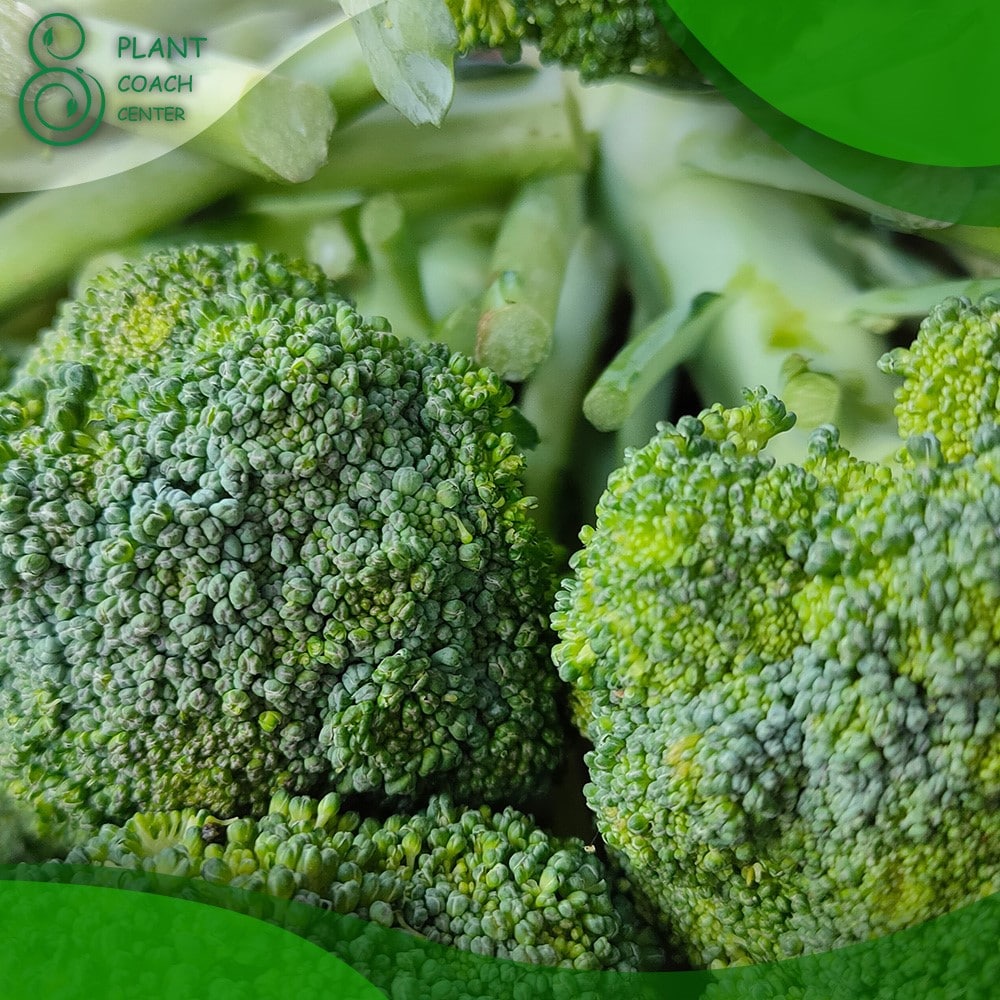When Do You Harvest Broccoli?
Welcome to the lush green world of broccoli cultivation, where patience and precision intertwine to deliver the most delectable, nutrient-rich harvest. As gardeners and vegetable enthusiasts, we all relish the sight of vibrant broccoli heads flourishing in our backyard patches or community gardens. However, the journey from planting the seeds to the moment of reaping the rewards is a delicate dance that requires a nuanced understanding of this beloved cruciferous vegetable’s growth cycle.
In this comprehensive guide, we embark on an exploratory adventure into harvesting broccoli, shedding light on the telltale signs and expert techniques that signify the perfect moment to pick these wholesome florets. Whether you’re a seasoned gardener seeking to refine your broccoli cultivation skills or an eager greenhorn venturing into vegetable gardening, this article will equip you with the knowledge and confidence to achieve a bountiful broccoli harvest season after season.
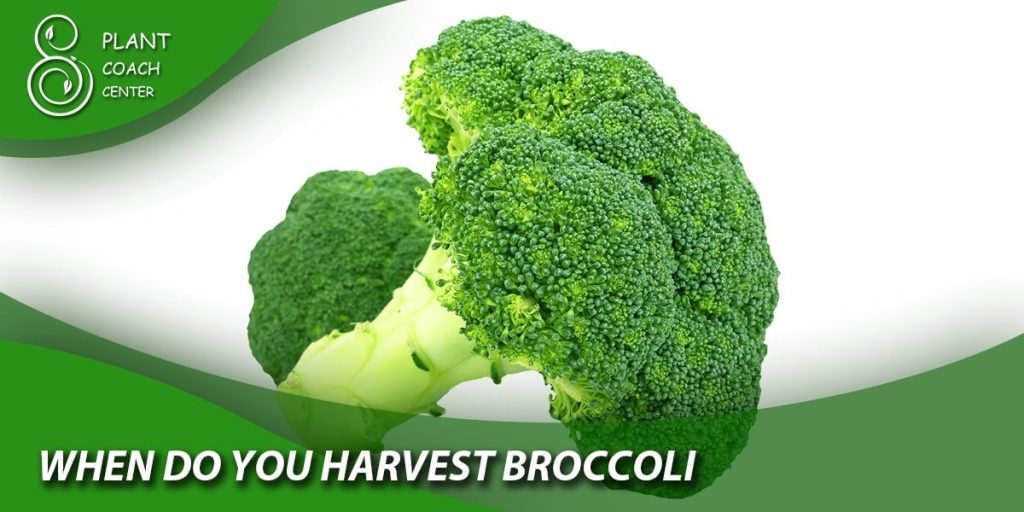
Get ready to unlock the secrets of the broccoli harvest, ensuring every head is plucked at its peak of flavor and nutritional potency. Let’s dive in and discover the optimal timing for harvesting broccoli to savor its garden-fresh goodness with every bite.
The Broccoli Lifecycle: From Seedlings to Harvest
Broccoli, a member of the Brassicaceae family, is a cool-season vegetable known for its delicious taste and high nutritional value. To embark on a successful broccoli growing journey, one must first understand its lifecycle – a journey that begins with tiny seeds and culminates in the joyous harvest of luscious heads. Let’s take a closer look at the various stages of the broccoli lifecycle and the essential steps to ensure a thriving crop:
Seed Selection and Germination
It all starts with choosing high-quality broccoli seeds from a reputable source. Opt for seeds that are specifically suited for your climate and growing conditions. Begin the germination process indoors, approximately 6 to 8 weeks before your area’s last expected frost date. Plant the seeds in seedling trays filled with well-draining soil, keeping them moist and warm until tiny green sprouts emerge.
Transplanting Seedlings
Once your broccoli seedlings have developed a couple of sets of true leaves and are sturdy enough, it’s time to transplant them into the garden or larger containers. Choose a sunny spot in your garden with fertile soil and good drainage. Space the seedlings at least 18 to 24 inches apart to allow ample room for growth.
Early Growth and Nurturing
During the initial stages of growth, broccoli requires consistent watering to establish a robust root system. Apply a layer of mulch around the plants to retain soil moisture and prevent weed growth. Watch for pests and caterpillars, as broccoli is susceptible to attacks from insects like aphids.
Formation of the Central Head
As the broccoli plants mature, a central head will start to form. This is the main head that we traditionally associate with broccoli. It is crucial to closely monitor the development of the significant head as it reaches its peak stage for harvest. Keep the plants well-fed with a balanced fertilizer to support healthy growth.
Side Shoot Development
After harvesting the central head, take your time removing the plants. One of the unique characteristics of broccoli is its ability to produce side shoots, also known as “broccolini” or “broccoli raab.” These smaller florets will sprout from the leaf axils of the plant, offering a continuous harvest for weeks after the central head is picked.
The Harvesting Celebration
When the central head reaches its ideal size, typically 6 to 8 inches in diameter and tightly closed, it’s time to harvest. Use a sharp knife or pruning shears to cut the central head at an angle, leaving a portion of the stem intact for easy regrowth of side shoots. Remember, broccoli’s flavor and nutritional content are at their peak just before the yellow flowers start to open.
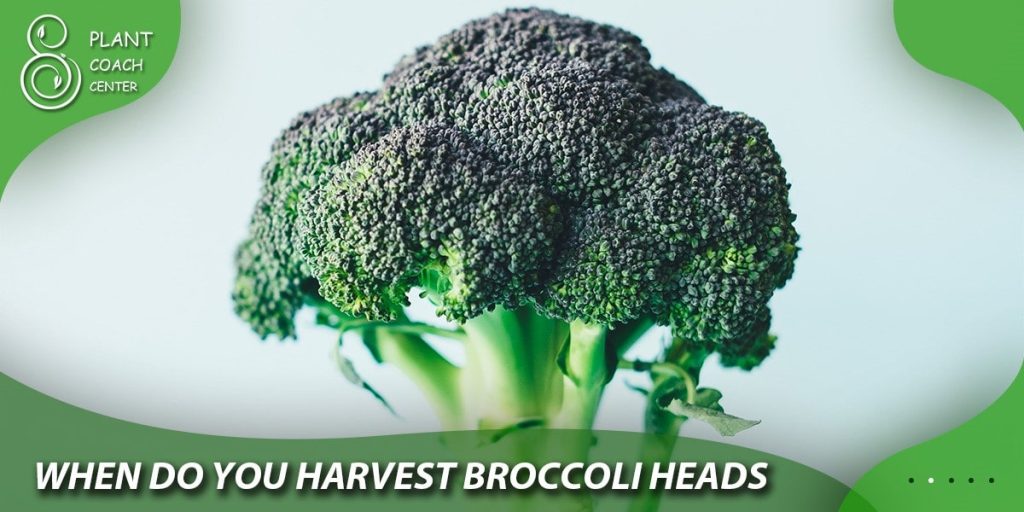
Cracking the Color Code: How to Know When Broccoli is Ready
Broccoli comes in a captivating array of colors, from the classic deep green to vibrant purple and even the mesmerizing Romanesco green, with its fractal-like spiral pattern. Each color variation offers a unique flavor profile and nutritional benefits, making broccoli a versatile and exciting addition to any garden or kitchen.
But how do you decipher the color code to determine when your broccoli is ready for harvest? Let’s unlock the secrets behind the different broccoli hues and learn the specific visual cues to ensure you pick these nutritious florets at their peak of perfection.
Classic Green Broccoli
The most common type, classic green broccoli, is ready for harvest when the central head is firm, dense, and dark green. Avoid harvesting it too late, as overmature heads might turn yellow or start flowering, leading to a loss in flavor and texture. A good indicator of readiness is when the head reaches a size of around 6 to 8 inches in diameter, depending on the variety.
Exquisite Purple Broccoli
Purple broccoli, known as “purple sprouting broccoli,” boasts stunning violet-hued florets and rich antioxidant content. The heads are generally smaller than green broccoli, and their color intensifies as they mature. Harvest purple broccoli when the florets are firm and bright purple, usually around 2 to 4 inches long.
Captivating Romanesco Broccoli
Romanesco broccoli is an architectural marvel with its striking lime-green florets arranged in mesmerizing fractal patterns. Unlike traditional broccoli, this variety is more forgiving regarding harvest timing. The ideal stage for harvest is when the heads are firm, compact, and vibrant green, typically measuring around 4 to 6 inches in diameter.
Spotting the Visual Cues
Regardless of the broccoli color, several universal visual cues identify readiness. Look for tightly closed florets that still need to separate or open. The heads should feel dense and firm to the touch. Avoid any signs of yellowing or wilting, as these indicate overripeness.
Harvesting with Care
To harvest broccoli, use a sharp knife or pruning shears and cut the stem at an angle, about 5 inches below the head. Leave a portion of the stem intact to encourage the growth of side shoots, extending your harvest. As you become more experienced in growing broccoli, you’ll develop an instinct for the perfect harvest time based on the heads’ color, size, and feel.
Weathering the Harvest Storm: Seasonal Tips for Optimal Yields
While broccoli is a hardy vegetable, its growth, and yield can be significantly influenced by weather conditions. As a cool-season crop, it thrives in mild temperatures but can struggle with extreme heat or cold. To ensure a successful broccoli harvest and bountiful yields, it’s essential to be prepared for each season’s challenges. Let’s explore some seasonal tips to help you weather the harvest storm and maximize the productivity of your broccoli crop throughout the year.
Spring Planting: Embrace the Cool Start
Spring is the ideal time to plant broccoli, as it thrives in cooler temperatures between 60°F to 70°F (15°C to 21°C). Start seeds indoors or directly sow them in the garden a few weeks before the last expected frost date. Once the soil has warmed up, transplant seedlings outdoors, and frost is no longer a threat. Early spring plantings often yield better results, as broccoli matures before the onset of scorching summer heat.
Summer Protection: Shielding from Heat
Broccoli can struggle in hot weather, significantly when temperatures exceed 80°F (27°C). Shield your plants from the scorching sun by providing afternoon shade or using shade cloths. Consistent watering is crucial during hot spells to prevent the plants from drying. Applying a layer of mulch around the plants can help retain soil moisture and regulate soil temperature.
Fall Harvest: Extend the Growing Season
Fall is an excellent time to plant a second round of broccoli for an extended harvest season. Plan for a harvest before the first frost in your region, and select fast-maturing varieties to ensure a successful yield. Keep an eye on the weather forecast as winter approaches, and be prepared to cover your plants or bring them indoors if frost threatens.
Winter Care: Protecting from Frost and Cold
In milder climates, broccoli can be grown through the winter. However, it’s essential to protect the plants from freezing temperatures. Consider using row covers, cloches, or cold frames to shield the broccoli from frost while allowing sunlight to reach the plants. Keep the soil consistently moist, as winter winds and low humidity can cause it to dry out quickly.
Rainwater Harvesting: Be Prepared for Wet Spells
Excessive rainfall can lead to waterlogged soil and potential issues with root rot. To prevent this, ensure that your garden has adequate drainage. Consider installing rain barrels to collect and store rainwater for drier periods when natural rainfall might be scarce.
Watch for Pests and Diseases: Be Vigilant
Different weather conditions can attract pests and trigger disease outbreaks. Regularly inspect your broccoli plants for signs of problems like aphids, caterpillars, or cabbage worms. Employ natural pest control methods, such as handpicking or introducing beneficial insects. Keep the garden clean by removing debris that might harbor pests or diseases.
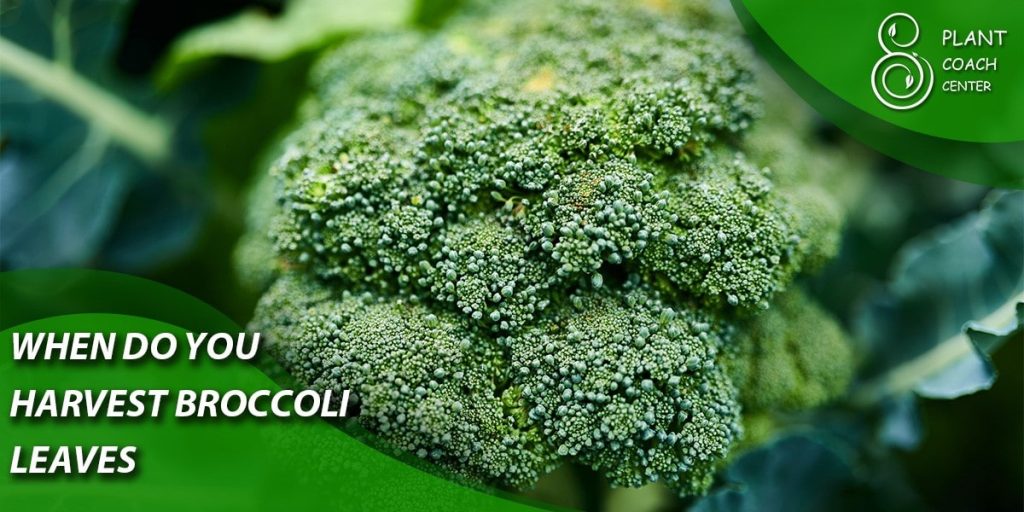
The Art of Harvesting: Best Practices for a Gentle Touch
Harvesting broccoli may seem like a straightforward task, but there is an art to it that can significantly impact the future productivity of your plants. Mastering the gentle touch of harvesting broccoli ensures a satisfying yield for the current season and encourages regrowth and a prolonged harvest period. Let’s delve into the best practices of this horticultural art form and discover how to pick broccoli with finesse.
Choose the Right Tools
The first step in harvesting broccoli is to select the right tools for the job. A sharp knife or a pair of pruning shears will make clean cuts, minimizing damage to the plant. Dull tools can crush or tear the stem, which may impede the plant’s ability to produce side shoots after the main head is harvested.
Timing is Key
Timing is everything when it comes to broccoli harvest. The central head should be firm and compact, with tightly closed florets. Waiting too long can result in the head opening and yellow flowers emerging, affecting flavor and texture. Harvest the central head before the flowers appear for the best taste and nutritional content.
Harvesting the Central Head
When harvesting the central head, make an angled cut about 5 inches below the head, leaving a portion of the stem intact. This encourages the development of side shoots, ensuring a continuous supply of smaller broccoli florets for weeks. Be sure to cut cleanly through the stem without crushing it.
Encourage Side Shoots
The beauty of broccoli lies in its ability to produce delicious side shoots after the main head is harvested. To encourage side shoot development, continue to water and care for the plant even after the central authority is picked. These side shoots will grow in the leaf axils along the stem, providing a second and sometimes even third round of harvests.
Gentle Handling
Broccoli plants can be sensitive, especially during hot weather. Handle the plants with Care to avoid breaking or damaging leaves and stems when harvesting. Damaged foliage can lead to stress for the plant, reducing its ability to produce side shoots and negatively affecting its overall health.
Continuous Care
The art of harvesting extends beyond the actual act of cutting. Continue to nurture your broccoli plants with adequate water, nutrients, and pest control measures. Healthy and well-cared-for plants are more likely to produce abundant side shoots, ensuring a steady supply of fresh broccoli for your kitchen.
Knowing When to Stop
Eventually, even the most well-cared-for broccoli plants will start to decline. As the weather warms or when the growing season ends, allow the last of the side shoots to flower and produce seeds. Collecting and saving these seeds will let you replant and start the cycle anew next season.
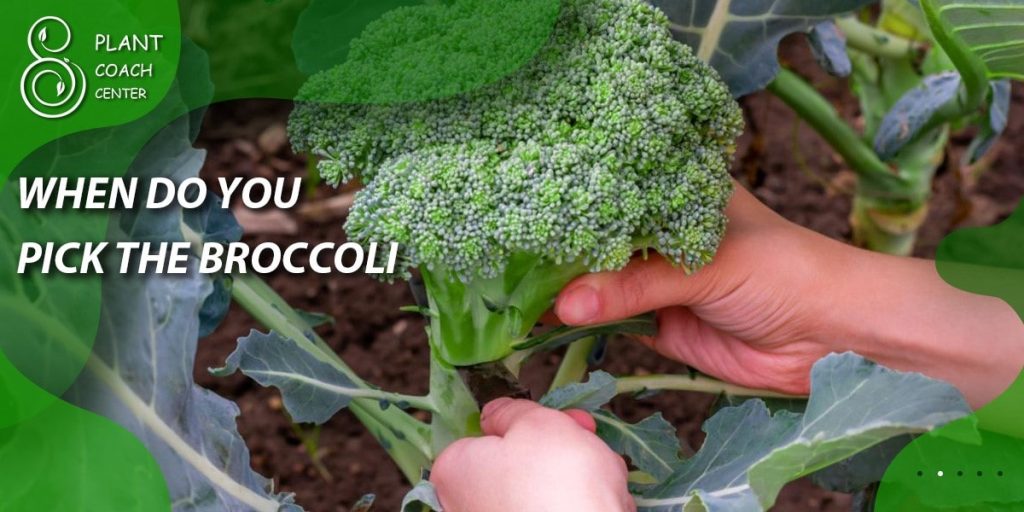
Timing is Everything: Staggered Planting for a Continuous Harvest
For broccoli enthusiasts, walking out to the garden is more satisfying than walking out to the park and harvesting fresh, crisp heads of broccoli. But what if we told you that with a simple gardening technique, you could extend that joyous harvest experience throughout the season?
Staggered planting, also known as succession planting, is the Key to achieving a continuous supply of broccoli, ensuring you always have this delectable vegetable. Let’s explore the concept of staggered planting and discover how to implement this timing-based strategy for a bountiful and uninterrupted broccoli harvest.
Understanding Staggered Planting
Staggered planting involves sowing or transplanting broccoli at different intervals rather than all at once. Instead of planting a row of broccoli seedlings simultaneously, you divide your planting into multiple batches, each spaced apart by a few weeks. This approach allows you to enjoy various harvests as each set matures and is ready to harvest at different times.
The Benefits of Staggered Planting
The advantages of staggered planting are manifold. Firstly, it extends the harvest season, providing fresh broccoli over a more extended period. Secondly, it helps you manage the quantity of broccoli available for harvest at any given time, reducing the risk of a surplus going to waste. Staggered planting can also help mitigate the impact of unfavorable weather conditions, pests, or diseases that might affect one batch of plants but spare another.
How to Implement Staggered Planting
Implementing staggered planting for broccoli is simple and can be adapted to fit your specific growing season and climate. Here’s a step-by-step guide to get you started:
- Plan Your Planting Schedule:
Determine the average days it takes for your broccoli variety to reach maturity. This information can be found on the seed packet or provided by the nursery where you purchase your seedlings.
- Calculate Intervals:
Based on your preferred harvest frequency, calculate the intervals between each planting. For example, stagger your plantings accordingly if you want to harvest broccoli every two weeks.
- Plant in Batches:
Start your first batch of broccoli by sowing seeds or transplanting seedlings. Once this batch is established, start the second batch following the calculated interval. Continue the process until you’ve completed all planned plantings.
- Monitor and Maintain:
Regularly monitor the growth and development of each batch. Keep the plants well-watered and adequately fertilized to ensure healthy growth and robust broccoli heads.
- Harvest with Joy:
As each batch reaches its optimal harvesting stage, pick the broccoli heads with Care, as described in the “The Art of Harvesting” section. Celebrate your continuous harvest, knowing that another batch will be ready for harvest soon.
Experiment and Adapt:
Staggered planting offers flexibility, allowing you to experiment with different intervals and planting times. Depending on your climate, you might need to adjust your planting schedule to optimize results. Remember to keep a gardening journal to record observations and fine-tune your staggered planting strategy for future seasons.
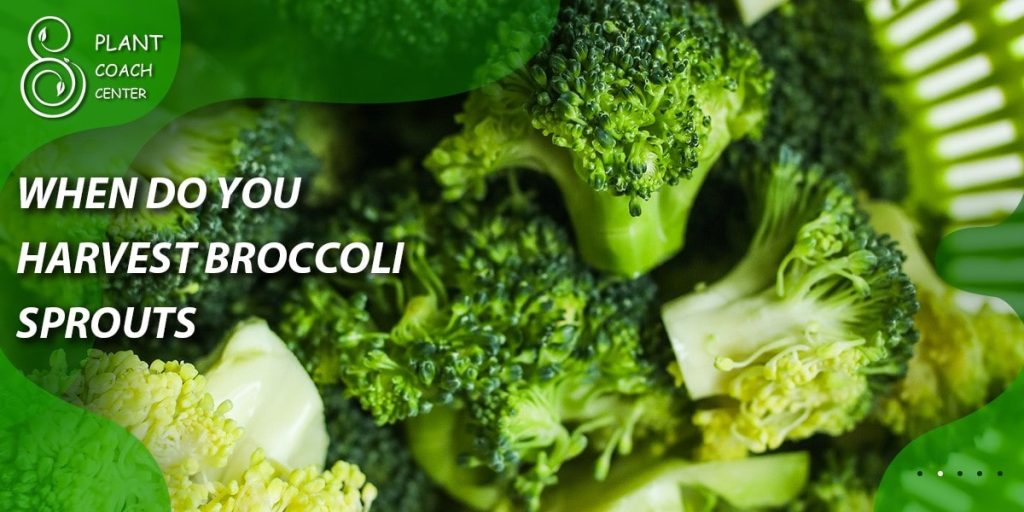
Conclusion
In conclusion, mastering the art of harvesting broccoli is a delightful endeavor that reaps numerous rewards for both the gardener and the kitchen table. By understanding the broccoli lifecycle, deciphering the color code for optimal harvest, weathering the harvest storm with seasonal Care, adopting a gentle touch during harvesting, and embracing staggered planting, you can unlock the full potential of this versatile cruciferous vegetable.
The journey from seedlings to harvest is a beautiful testament to the wonders of nature and the joys of sustainable gardening. Whether you’re a seasoned green thumb or a novice gardener, the tips and techniques in this article will surely elevate your broccoli cultivation experience. So, visit PlantCouchCenter.com, embrace the gardening spirit, and nurture and reap the wholesome delights of homegrown broccoli, savoring each harvest’s freshness and nutritional richness. Happy gardening!
When is the best time to harvest broccoli?
Harvest broccoli when the central head is firm, dense, and dark green before the flowers open.
Can I harvest broccoli more than once?
Broccoli plants can produce side shoots after the main head is harvested, allowing for multiple harvests.
How do I protect broccoli from extreme weather conditions?
Shield broccoli from excessive heat with shade and provide protection from frost with row covers or cloches.


